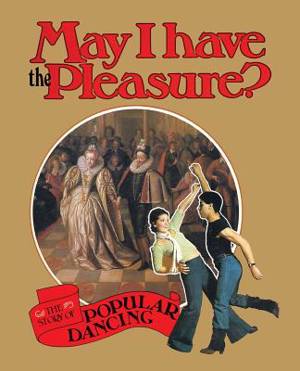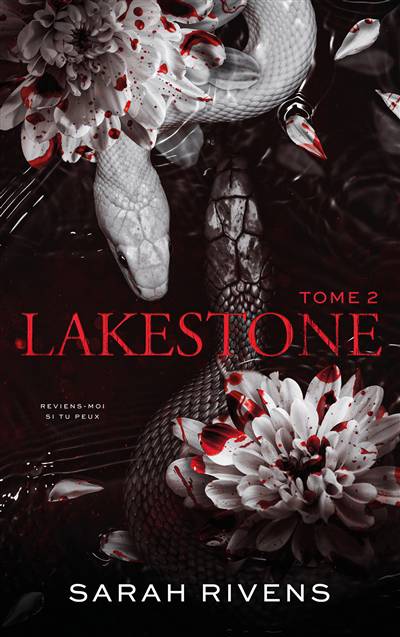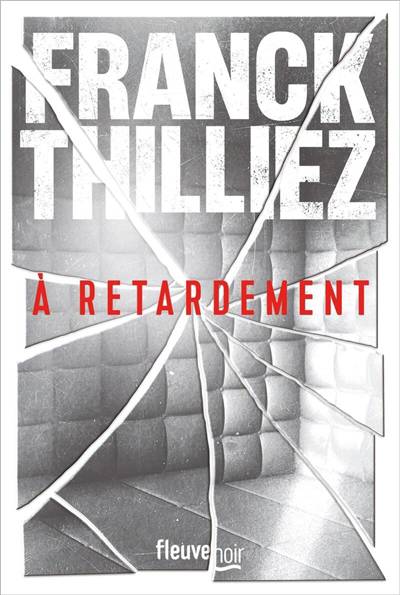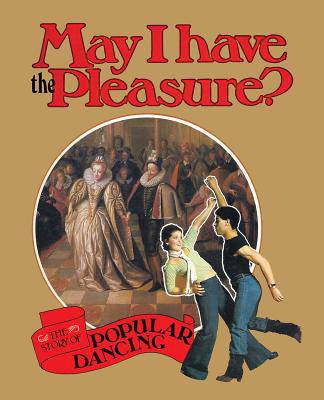
- Retrait gratuit dans votre magasin Club
- 7.000.000 titres dans notre catalogue
- Payer en toute sécurité
- Toujours un magasin près de chez vous
- Retrait gratuit dans votre magasin Club
- 7.000.0000 titres dans notre catalogue
- Payer en toute sécurité
- Toujours un magasin près de chez vous
17,45 €
+ 34 points
Description
This book sets out to trace the development of our social dancing from its origins in the ancient ring dances of antiquity to the teenager's beat dancing of today. From the invention of the couple dance by the Troubadors of Provence, through the domination of the Italian, the English and the French courts to the French Revolution and then on to the most shocking dance ever known to Western man, the Waltz. Eighty years later, and the syncopated beat of ragtime leads us to the age of the Foxtrot and the Quickstep - until Bill Haley starts to play and Elvis moves his pelvis . . . This is not a look at how to dance but what people danced, and why. Belinda Quirey was an Honorary Member of the Guildhall School of Music and Drama, and a Founder Fellow (and past Chairman) of the Historical Branch of the Imperial Society of Teachers of Dancing. She taught dance history at the Royal Academy of Dancing, the London Academy of Music and Dramatic Art, the London College of Dance and Drama, the London Contemporary Dance School, the London Theatre School, and the British and European Studies Group. She choreographed for most of our main theatrical companies, and was for many years the choreographer of the English Bach Festival Trust in its revivals of Baroque operas. Steve Bradshaw, after studying English at Queens College, Cambridge, joined BBC Radio London during its early days, producing and presenting 'Breakthrough' a rock magazine programme for young people. He is now a freelance film-maker, writer, journalist and broadcaster. Ronald Smedley was Producer of the BBC television series 'May I Have The Pleasure?', and is a member of the English Folk Dance and Song Society and visiting teacher in traditional dance at the Royal Ballet School.
Spécifications
Parties prenantes
- Auteur(s) :
- Editeur:
Contenu
- Nombre de pages :
- 128
- Langue:
- Anglais
Caractéristiques
- EAN:
- 9781852731601
- Date de parution :
- 10-01-13
- Format:
- Livre broché
- Format numérique:
- Trade paperback (VS)
- Dimensions :
- 190 mm x 235 mm
- Poids :
- 231 g

Les avis
Nous publions uniquement les avis qui respectent les conditions requises. Consultez nos conditions pour les avis.






